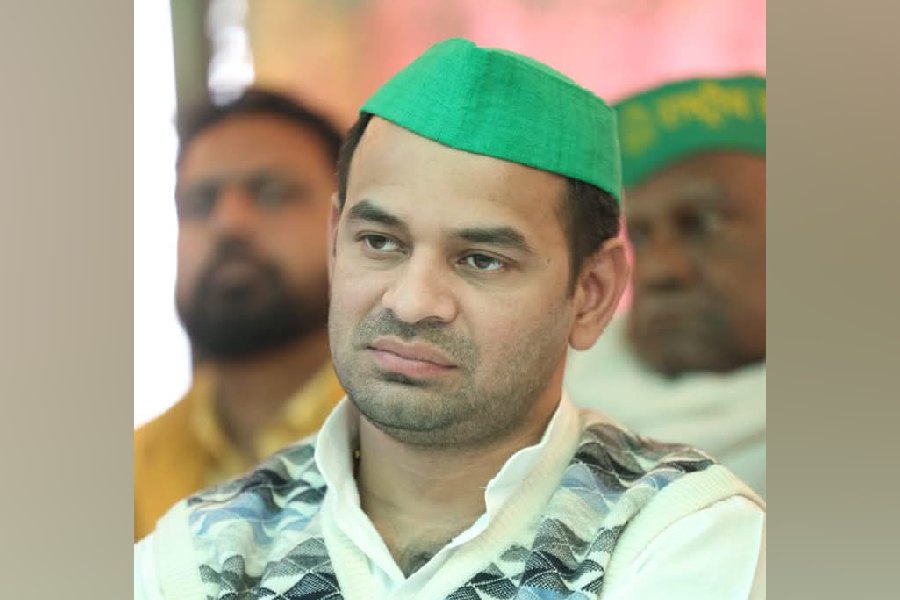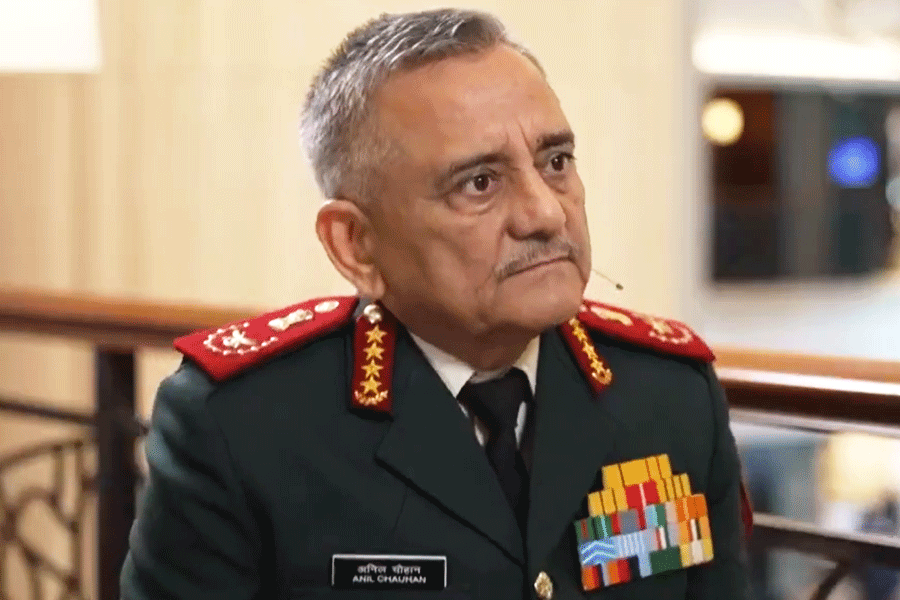 |
| Pramod Tandon: Race against time |
New Delhi, Jan. 2: Pramod Tandon who once helped pull Meghalaya’s insect-eating plants away from the edge of extinction has been scrambling to pull off India’s largest science meeting at the shortest possible notice.
Faculty members at the North Eastern Hill University in Shillong — where plant biologist Tandon is the vice- chancellor — have been juggling academic tasks with logistical challenges to organise the 96th Indian Science Congress that opens tomorrow.
The five-day meeting is expected to draw nearly 5,000 experts, science policy makers and students for diverse presentations, ranging from India’s future space goals to clean energy technologies and the protection of biodiversity.
“This is our small contribution to the celebration of science in the Northeast,” Tandon said today. “But it’s very significant because it’s the first time that the Northeast is hosting the annual meeting of the science congress.”
The Shillong session, to be inaugurated by Prime Minister Manmohan Singh tomorrow, will also feature panel discussions on how to improve science education and get more students to take up science careers.
“We’re hoping this mega event will expose our young people here to opportunities in science,” said Phlisdamon Nongkynrih, a professor of physics at the university who grew up in Cherrapunjee, tagged the world’s wettest place, about 55km from Shillong. She had pursued research in experimental nuclear physics at the Bhabha Atomic Research Centre before returning to her home state.
“Exposure is important,” Nongkynrih said. University faculty members are hoping the meeting will also allow scientists from elsewhere in India to understand better science in the Northeast.
“The rich biodiversity of this region is one example,” said Tandon, who has used biotechnology to produce large numbers of a rare insect-eating pitcher plant in Meghalaya, threatened by damage to forests and souvenir-hunting botany students.
But the faculty members say they have been battling time to organise the meeting.
“We had only six months to prepare,” said Dorlando Kathing, the varsity registrar who is a local secretary for the science congress and tasked with co-ordinating preparatory activities ahead of the meeting.
The venue of the annual meeting is usually announced at the end of the last meeting, about a year in advance. But with several universities pitched as candidates this year, the North Eastern Hill University received the go-ahead only in June last year.
One of the biggest challenges was finding accommodation for the 5,000 delegates in a city with a population of less than 300,000. “It was a logistical nightmare but I think we’ve done it,” said David Syiemlieh, the controller of examinations.
When all hotels and student hostels had been booked, the university turned classrooms for social sciences and humanities into dormitories. “It’s primarily for delegates who show up unannounced,” said Ralte Lalthanluanga, a biochemistry professor.
The university has built a permanent steel structure with the looks of an aircraft hangar, only with a much lower roof for the inauguration tomorrow in a record time of about a month.
Five engineers involved in the Chandrayaan-1 mission will speak at the congress.
The annual meeting of the Calcutta-based Indian Science Congress Association is supported by the Department of Science and Technology and other government funding agencies.










